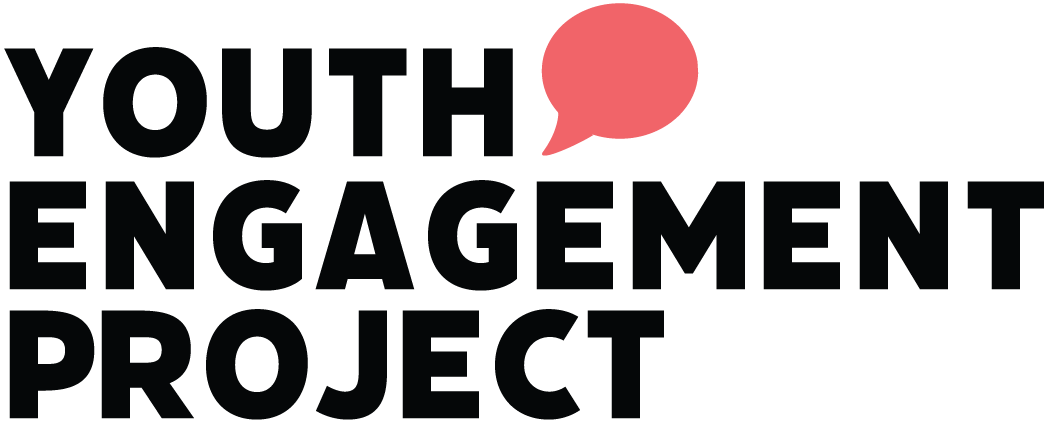Your Nervous System Walks Into the Room Before You Do
We’re often told that the most important part of teaching, speaking, or facilitating is what we say.
The words.
The plan.
The content.
But here’s something that doesn’t get taught enough: Your body speaks before your mouth does. And your nervous system? It’s speaking loud and clear - whether you realise it or not.
Before you even say “hi,” your posture, your energy, your facial expression, even the way you breathe - all of it is sending messages. And young people? They pick up on it. Fast.
Especially those who’ve had to learn (for survival, not drama) how to read the room before they speak. Whether it’s trauma, exclusion, or just too many adult spaces that didn’t feel safe, they’ve become experts in tuning into tone over text.
It doesn’t matter how good your workshop is…
You can have the world’s best activities and the most engaging slides. You can know your content inside out. But if you walk into the room carrying tension, stress, or scattered energy, that’s what lands first.
And for a young person who’s already on high alert? That’s all it takes to shut down.
Why this matters (and what the research says)
According to polyvagal theory (thanks Dr. Stephen Porges), our brains are constantly doing background checks - scanning for cues of safety or danger in our environment. This automatic process is called neuroception.
It’s not logical. It’s primal. It’s the nervous system whispering: “Can I settle here? Or do I need to protect myself?”
So when you walk in calm, present, and grounded, your body is saying: “You’re safe. You can breathe here.”
That silent message can change everything.It can be the difference between someone engaging… or disappearing.
Regulated doesn’t mean emotionless
Let’s be clear - being regulated doesn’t mean floating in all zen, never feeling flustered. It means being anchored enough to stay with the moment.
Even when it’s messy. Even when it’s loud. Even when it’s not going to plan.
What it can look like:
Taking a slow breath before you walk in
Softening your shoulders
Noticing your tone and pace
Catching yourself before you rush
Letting the room co-regulate with you, not controlling the energy, but holding it
Your presence is the practice
Facilitating. Teaching. Youth work. It’s not just about what we say. It’s about what we bring. We don’t have to be perfect. But we do have to be present. So before the first activity, or the first icebreaker, or the first carefully worded “check-in”…
Pause. And ask yourself: “What is my body saying right now?” followed by, “And what do I want it to say instead?” Because when we show up regulated, steady, and real, we give permission for others to do the same.
And honestly? That’s where the real work begins. And when we lead with presence, the rest tends to follow.


